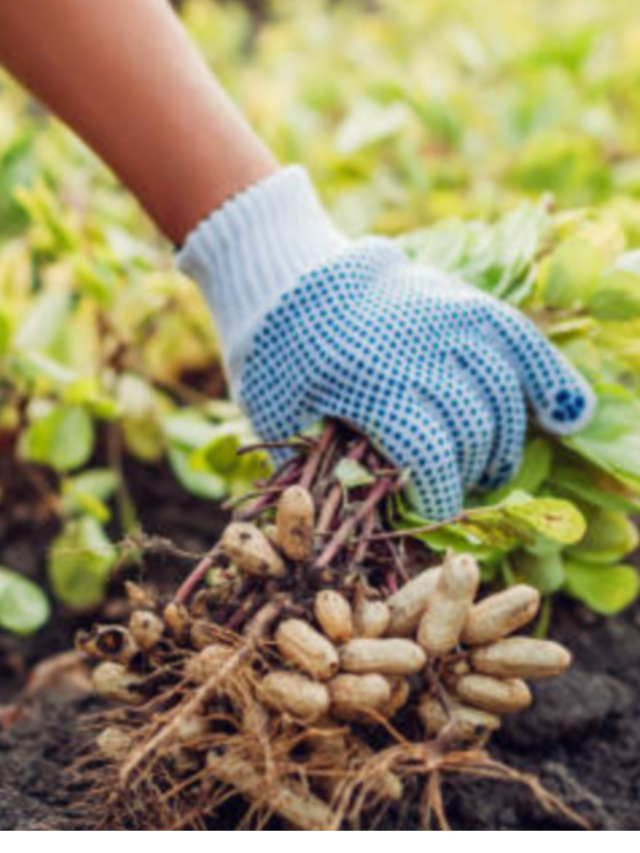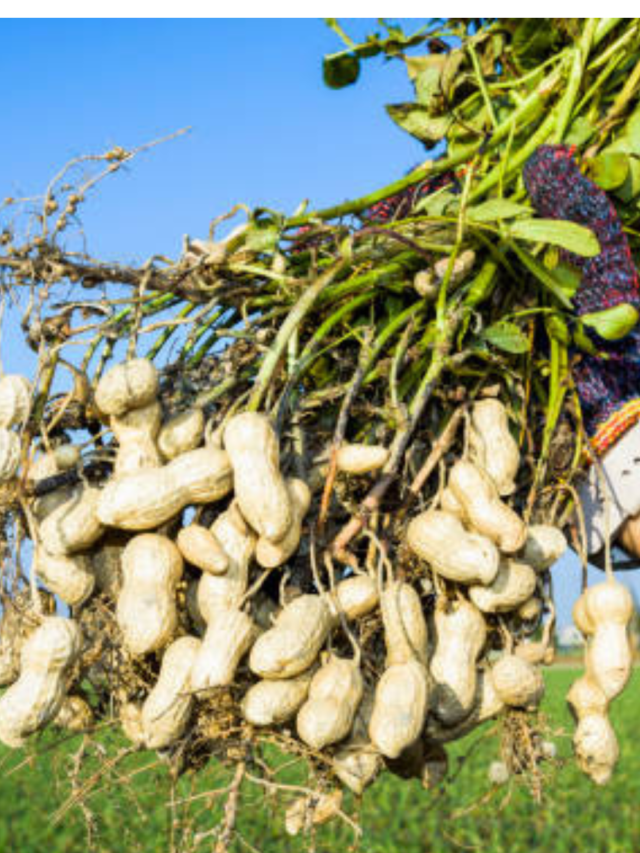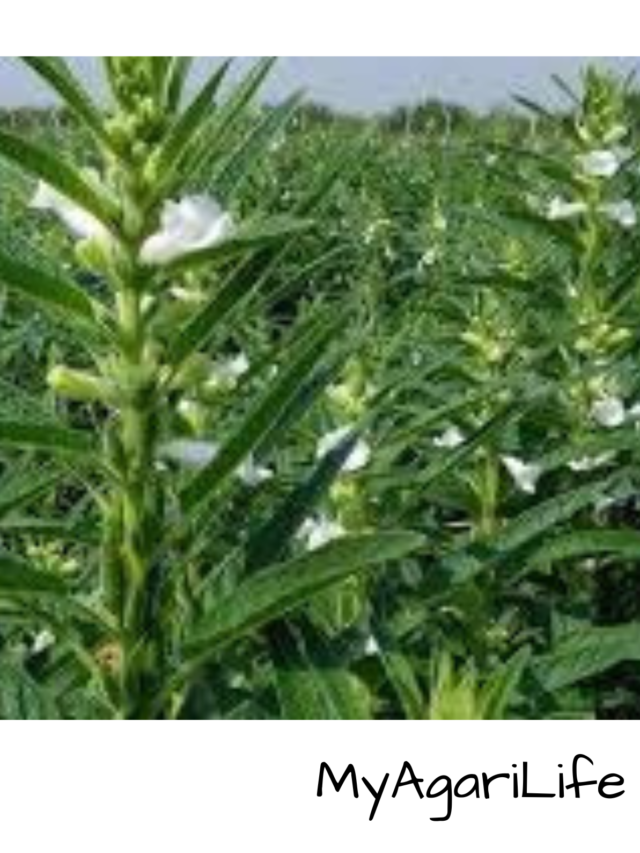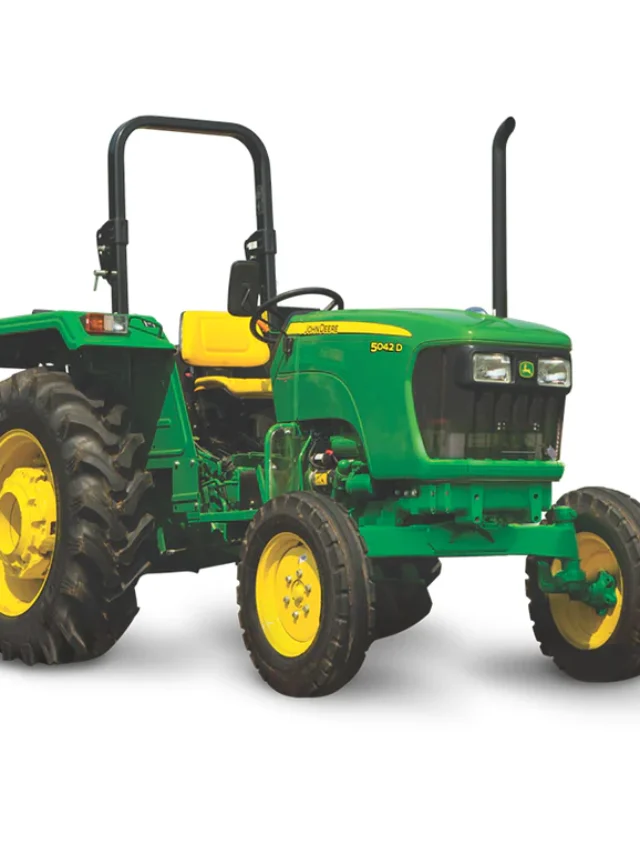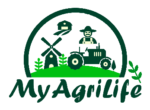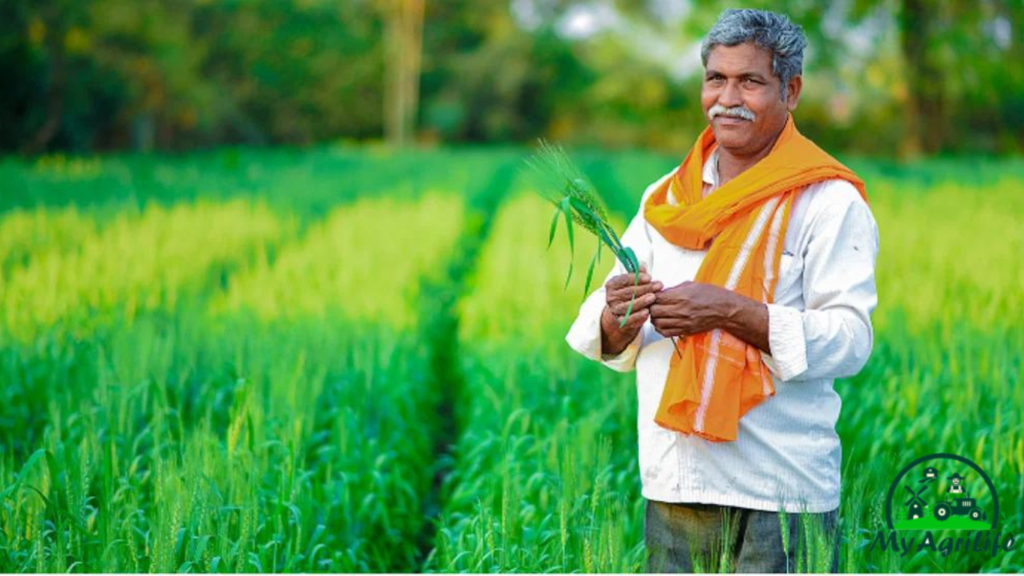
Sustainable farming is an approach to agriculture that focuses on meeting the needs of the present without compromising the ability of future generations to meet their own needs. It involves using farming practices that are environmentally friendly, socially responsible, and economically viable.
Principles of Sustainable Farming
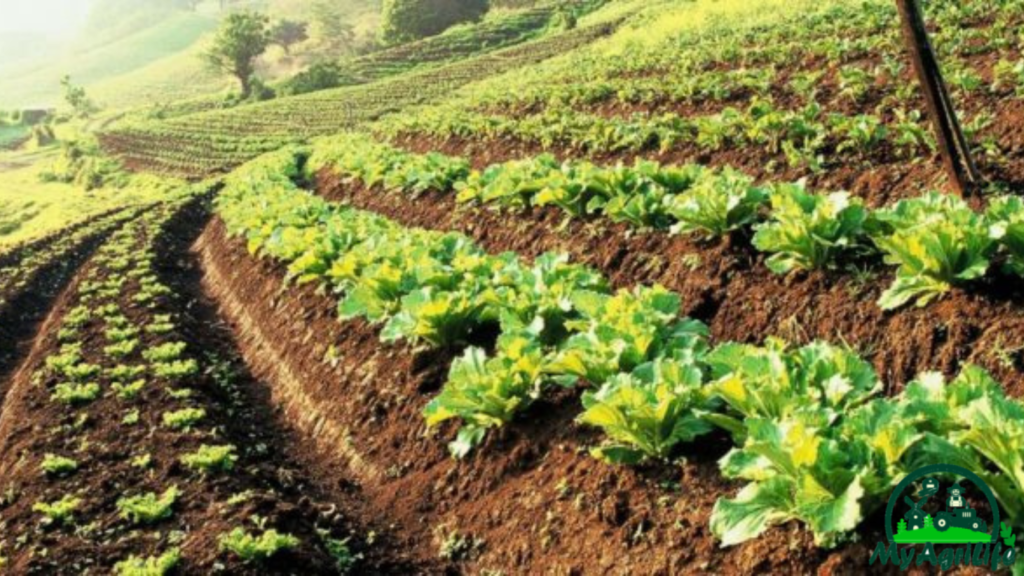
1.Conservation of natural resources: Sustainable farmers work to protect soil, water, and biodiversity on their land.
2.Use of renewable resources: They use renewable resources such as sunlight and wind power to reduce dependence on non-renewable energy sources.
3.Integration of crops and livestock: Sustainable farmers integrate crops and livestock in ways that benefit the soil, reduce waste, and increase yields.
4.Diversification: They use diverse crop rotations, intercropping, and agroforestry systems to promote soil health and reduce pest and disease pressures.
5.Local production and consumption: Sustainable farmers aim to produce food locally, reducing transportation emissions and supporting local communities.
6.Fair labor practices: Sustainable farmers prioritize fair labor practices, including fair wages, safe working conditions, and access to education and training.
7.Economic viability: Sustainable farming must also be economically viable, ensuring that farmers can earn a living wage and reinvest in their operations.
By adopting sustainable farming practices, farmers can help to create a more resilient, equitable, and environmentally sustainable food system.
Sustainable Farming History
Sustainable farming technology has a long history of development, with many innovations and practices being developed over time. Here is a brief overview of some of the key milestones in the history of sustainable farming technology:
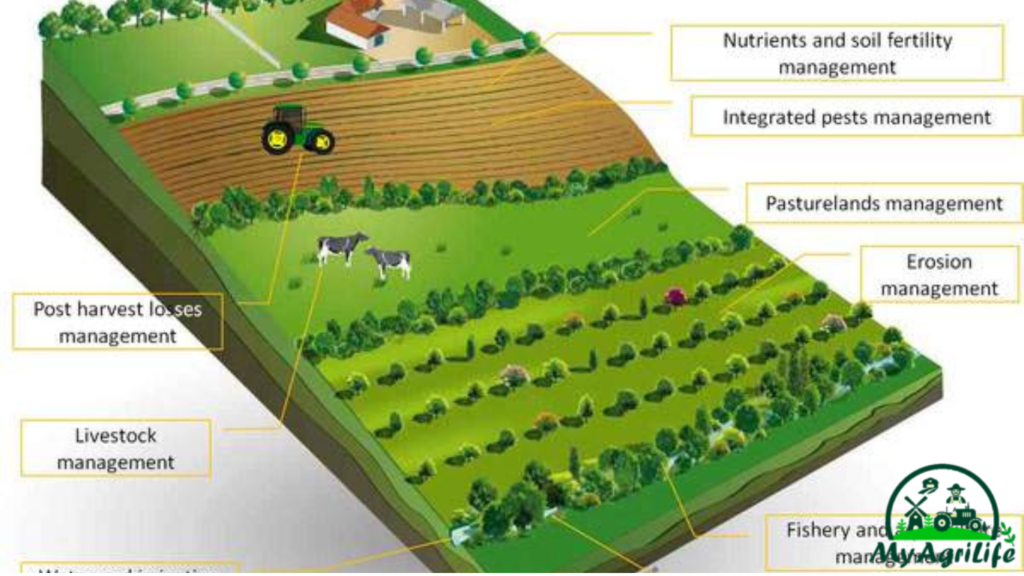
10,000 BCE: Beginning of agriculture with the domestication of plants and animals.
5,000 BCE: Introduction of irrigation systems in Mesopotamia, Egypt, and India.
1700s CE: Introduction of the seed drill, which improved planting efficiency and reduced seed waste.
1842 CE: Development of the chemical fertilizer ammonium sulfate by the German chemist Justus von Liebig.
1900s CE: Introduction of tractors, which improved farm efficiency and productivity.
1924 CE: Introduction of the first synthetic pesticide, DDT, which revolutionized pest control but later became known for its harmful environmental effects.
1940s CE: Development of hybrid seeds, which improved crop yields and uniformity.
1960s CE: Introduction of high-yield varieties of wheat and rice, known as the Green Revolution, which helped to address food shortages in developing countries.
1970s CE: Introduction of integrated pest management, which involves using a combination of biological, cultural, and chemical control methods to manage pests.
1980s CE: Introduction of precision farming, which uses technology such as GPS and remote sensing to optimize crop yields and reduce inputs.
1990s CE: Introduction of genetically modified crops, which are engineered to have specific traits such as herbicide resistance or insect resistance.
2000s CE: Development of conservation tillage, which involves reducing soil disturbance and retaining crop residues on the soil surface to improve soil health and reduce erosion.
Throughout history, sustainable farming technology has evolved to address the challenges facing agriculture, such as improving yields, reducing environmental impacts, and addressing food security concerns. Today, sustainable farming technology continues to evolve, with ongoing innovations in areas such as precision agriculture, digital farming, and regenerative agriculture.
Sustainable Farming Types
There are several types of sustainable farming, each with its own approach and set of practices. Here are some examples:
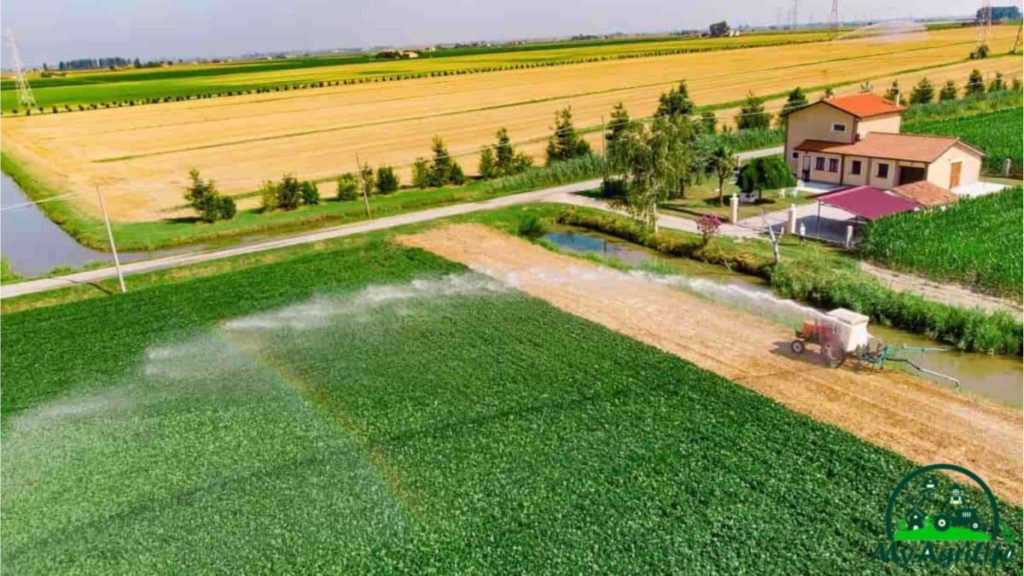
1.Organic farming: Organic farming is a type of sustainable farming that avoids the use of synthetic pesticides, fertilizers, and genetically modified organisms (GMOs). Instead, organic farmers rely on practices such as crop rotation, cover cropping, and composting to promote soil health and reduce pest and disease pressures.
2.Regenerative agriculture: Regenerative agriculture is an approach to farming that aims to restore soil health and biodiversity by mimicking natural ecosystems. This involves practices such as cover cropping, reduced tillage, and the integration of crops and livestock.
3.Agroecology: Agroecology is a scientific discipline that combines ecological principles with social and economic considerations to design sustainable food systems. This involves practices such as crop diversity, intercropping, and agroforestry.
4.Permaculture: Permaculture is a design system that aims to create sustainable and self-sufficient ecosystems that mimic natural ecosystems. This involves practices such as companion planting, natural pest control, and the use of renewable energy sources.
5.Sustainable intensification: Sustainable intensification is an approach to farming that aims to increase yields and productivity while reducing environmental impacts. This involves practices such as precision agriculture, conservation agriculture, and the use of genetically modified crops.
These are just a few examples of the types of sustainable farming that exist. Each approach has its own strengths and weaknesses, and farmers may choose to adopt different practices depending on their specific context and goals.
Type of Uses Cases Sustainable Farming
Sustainable farming can be applied to a wide range of agricultural use cases, each with their own unique challenges and opportunities. Here are some examples of use cases where sustainable farming practices can be applied:
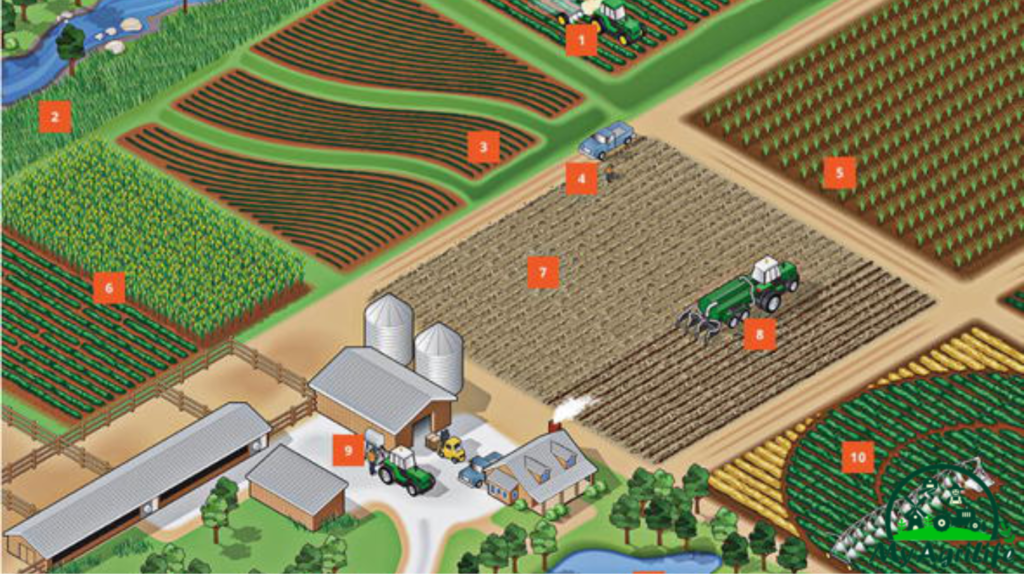
1.Small-scale farming: Small-scale farmers often face challenges such as limited access to resources and markets, and climate change. Sustainable farming practices can help small-scale farmers improve soil health, increase yields, and diversify their crops to improve food security and income.
2.Large-scale agriculture: Large-scale agriculture can have significant environmental impacts, such as soil erosion, water pollution, and greenhouse gas emissions. Sustainable farming practices can help large-scale farms reduce their environmental footprint while maintaining high yields and profitability.
3.Agroforestry: Agroforestry is the integration of trees and crops on the same piece of land. This approach can help improve soil health, reduce erosion, and provide additional sources of income from timber and non-timber forest products.
4.Livestock farming: Livestock farming can have significant environmental impacts, such as deforestation and water pollution. Sustainable livestock farming practices such as rotational grazing and improved animal welfare can help reduce these impacts while maintaining production levels.
5.Urban agriculture: Urban agriculture involves growing food in urban areas, often using innovative techniques such as rooftop gardens and hydroponics. Sustainable urban agriculture practices can help improve food security and reduce food miles, while also providing opportunities for community engagement and education.
These are just a few examples of the many use cases where sustainable farming practices can be applied. In each case, sustainable farming practices can help address challenges and create opportunities for farmers and communities.
Sustainable Farming Practices
Sustainable farming practices are a set of techniques and approaches that aim to promote the long-term health and productivity of agricultural systems while minimizing environmental impacts. Here are some examples of sustainable farming practices:
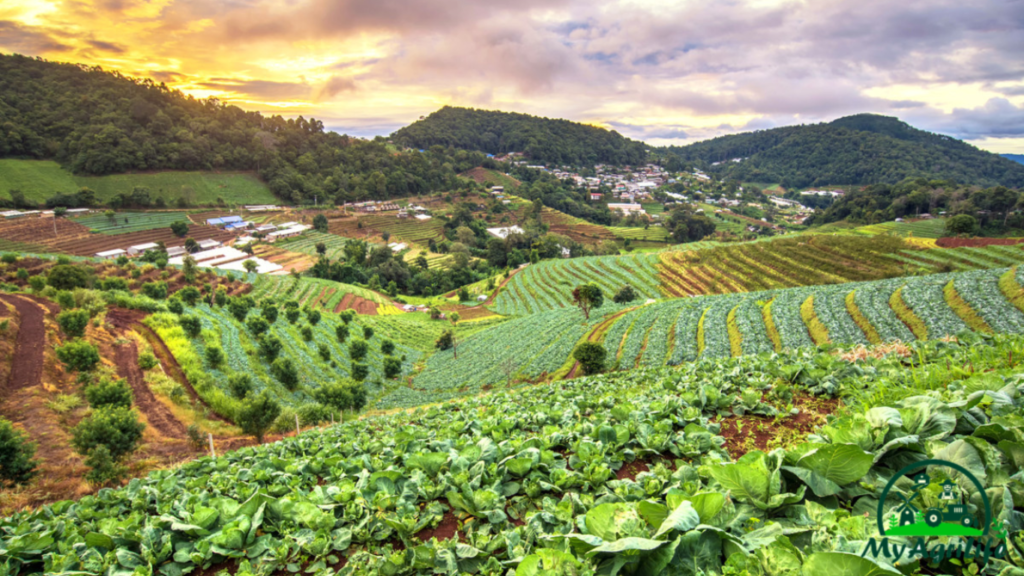
1.Crop rotation: Crop rotation involves alternating the crops grown in a field from season to season. This helps maintain soil health, reduces pest and disease pressures, and improves yields.
2.Conservation tillage: Conservation tillage involves reducing the number of times a field is tilled, or using no-till methods altogether. This helps improve soil health, reduce erosion, and sequester carbon.
3.Integrated pest management (IPM): IPM involves using a combination of cultural, biological, and chemical controls to manage pests and diseases. This reduces the need for synthetic pesticides and promotes ecological balance.
4.Cover cropping: Cover cropping involves planting a non-harvested crop, such as legumes or grasses, in between cash crops. This helps improve soil health, reduce erosion, and provide habitat for beneficial insects.
5.Agroforestry: Agroforestry involves integrating trees and crops on the same piece of land. This helps improve soil health, reduce erosion, and provide additional sources of income from timber and non-timber forest products.
5.Precision agriculture: Precision agriculture involves using data and technology to optimize the use of inputs such as water, fertilizer, and pesticides. This helps reduce waste and improve yields.
6.Sustainable livestock management: Sustainable livestock management practices include rotational grazing, use of cover crops for feed, and reduced use of antibiotics and hormones. This helps improve animal welfare and reduce environmental impacts.
7.Local food systems: Local food systems involve producing and consuming food within a local region. This reduces transportation emissions and supports local economies.
These are just a few examples of sustainable farming practices. Each practice has its own strengths and weaknesses, and farmers may choose to adopt different practices depending on their specific context and goals.
Sustainable Farming Future
The future of sustainable farming looks promising, as more farmers, policymakers, and consumers recognize the benefits of sustainable agriculture. Here are some trends and developments that could shape the future of sustainable farming:
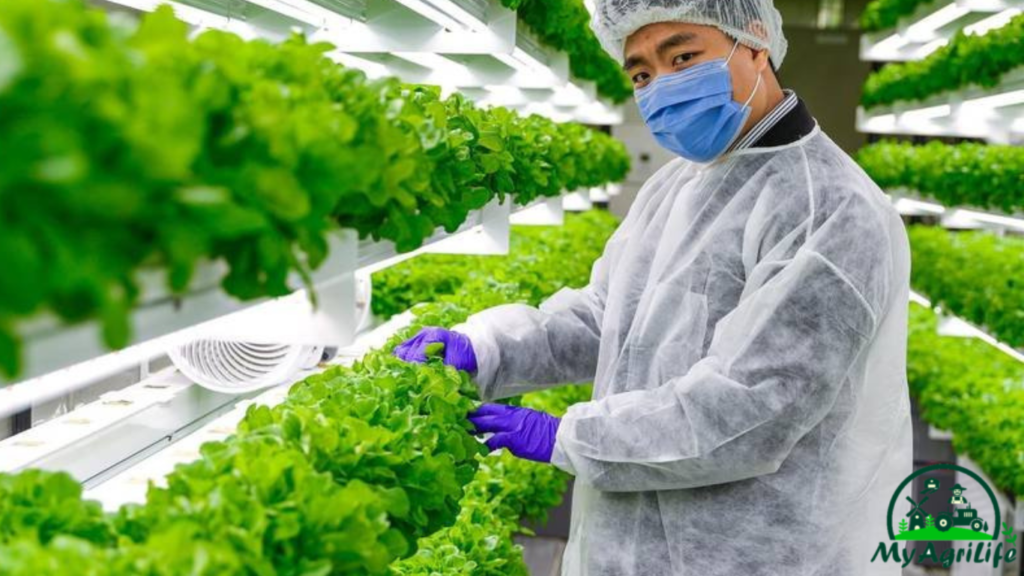
1.Technology: Advances in technology such as precision agriculture, drones, and remote sensing can help farmers optimize their use of resources and reduce waste. Robotics and automation may also play a role in sustainable agriculture, particularly in reducing the need for manual labor.
2.Regenerative agriculture: Regenerative agriculture is a holistic approach to farming that emphasizes soil health and biodiversity. This approach has gained traction in recent years as a way to improve sustainability and resilience in agricultural systems.
3.Organic and local food: Consumer demand for organic and locally sourced food is driving a shift towards more sustainable farming practices. This trend is expected to continue in the coming years, particularly as consumers become more aware of the environmental and health impacts of their food choices.
4.Climate-smart agriculture: Climate-smart agriculture focuses on reducing greenhouse gas emissions, increasing carbon sequestration, and improving resilience to climate change. This approach is becoming increasingly important as the impacts of climate change become more severe.
5.Circular agriculture: Circular agriculture aims to create a closed loop system where waste products are reused as inputs for agriculture. This approach can help reduce waste and increase resource efficiency.
6.Policy changes: Governments are increasingly recognizing the importance of sustainable agriculture and are implementing policies to support its adoption. This includes subsidies for sustainable practices, regulations to reduce the use of harmful inputs, and support for research and development of sustainable technologies.
Overall, the future of sustainable farming looks bright as more stakeholders recognize the importance of sustainable agriculture for environmental, economic, and social sustainability. With continued investment in research, technology, and policy, sustainable farming can play a critical role in meeting the food needs of a growing population while protecting the environment for future generations.
Sustainable Farming Benefits
Sustainable farming practices offer a range of benefits, both to the environment and to farmers themselves. Here are some of the benefits of sustainable farming:
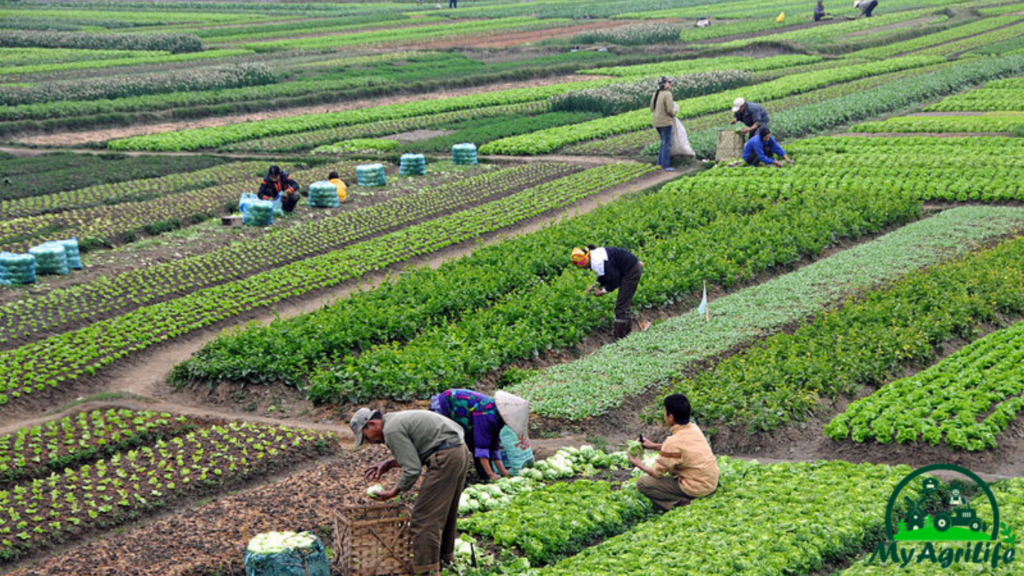
1.Improved soil health: Sustainable farming practices, such as crop rotation, cover cropping, and reduced tillage, help maintain soil health and fertility, which improves crop yields and reduces erosion.
2.Reduced environmental impact: Sustainable farming practices, such as reduced use of synthetic pesticides and fertilizers, help minimize pollution and other negative environmental impacts.
3.Enhanced biodiversity: Sustainable farming practices, such as agroforestry and cover cropping, can provide habitat for beneficial insects and wildlife, increasing biodiversity on the farm.
4.Increased resilience: Sustainable farming practices, such as crop diversification and regenerative agriculture, can increase the resilience of agricultural systems to climate change, droughts, and other environmental stresses.
5.Improved water quality: Sustainable farming practices, such as conservation tillage and precision irrigation, can help reduce runoff and improve water quality in nearby streams and rivers.
6.Economic benefits: Sustainable farming practices can help farmers reduce costs by minimizing the need for expensive inputs such as synthetic fertilizers and pesticides. Additionally, some sustainable farming practices, such as agroforestry and community-supported agriculture, can create new sources of income for farmers.
7.Improved public health: By reducing the use of synthetic pesticides and fertilizers, sustainable farming practices can help improve public health by reducing exposure to harmful chemicals in food and the environment.
These are just a few of the benefits of sustainable farming. By adopting sustainable farming practices, farmers can promote long-term sustainability and resilience in their agricultural systems while benefiting both the environment and their own economic well-being.
Sustainable Farming Challenges
While sustainable farming practices offer many benefits, there are also several challenges associated with their adoption and implementation. Here are some of the key challenges facing sustainable farming:
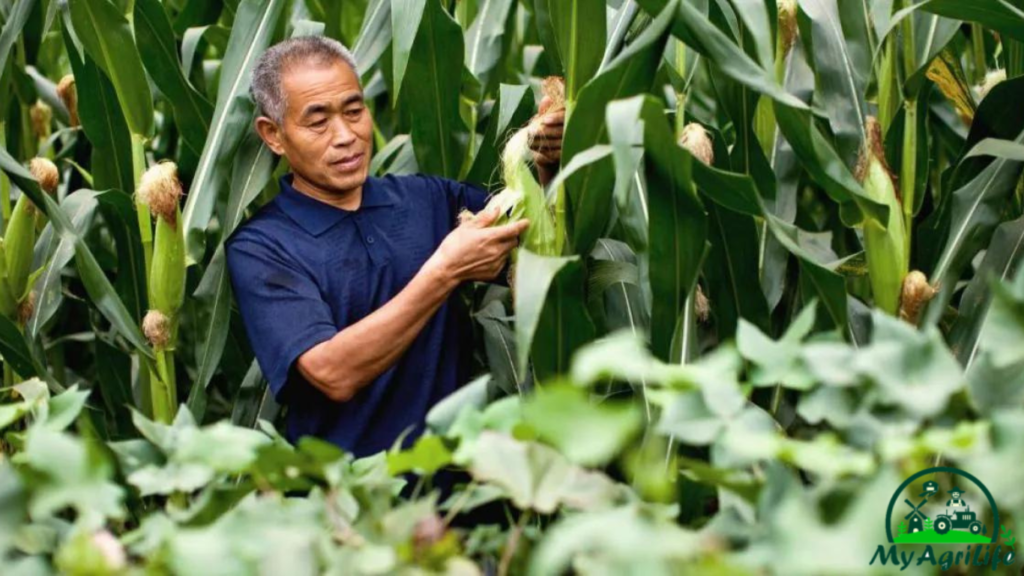
1.Limited access to resources: Many sustainable farming practices, such as regenerative agriculture and agroforestry, require significant upfront investment and ongoing maintenance. Small-scale farmers, in particular, may not have the resources to implement these practices.
2.Lack of knowledge and training: Farmers may lack the knowledge and training necessary to implement sustainable farming practices effectively. This can include knowledge of soil health, crop rotation, and water management, as well as the technical skills needed to use new technologies such as precision agriculture.
3.Market access: Sustainable farming practices may require farmers to produce different crops or use different production methods, which may not be in line with current market demand or consumer preferences. This can make it difficult for farmers to access markets and obtain a fair price for their products.
4.Policy and regulatory barriers: Policies and regulations can sometimes create barriers to the adoption of sustainable farming practices. For example, subsidies for traditional farming practices may make it difficult for farmers to switch to more sustainable practices.
5.Climate change and environmental pressures: Climate change and other environmental pressures can make it difficult for farmers to adopt sustainable farming practices. For example, droughts, floods, and other extreme weather events can damage crops and make it difficult to maintain soil health.
6.Infrastructure challenges: In some areas, lack of infrastructure such as roads, water supply, and storage facilities can limit the adoption of sustainable farming practices.
7.Cultural and social barriers: Cultural and social factors can also play a role in the adoption of sustainable farming practices. For example, traditional gender roles or social norms may limit women’s participation in agriculture or discourage the adoption of new practices.
These are just a few of the challenges facing sustainable farming. Addressing these challenges will require a range of interventions, including policy changes, investment in education and training, and support for farmers to adopt sustainable practices.
conclusion
In conclusion, sustainable farming practices are essential for ensuring the long-term viability of agriculture and protecting the environment. These practices focus on maximizing resource efficiency, improving soil health, conserving biodiversity, and reducing the use of harmful inputs such as pesticides and fertilizers. Sustainable farming can also improve the economic and social sustainability of agriculture by creating more resilient and diversified farming systems.
Despite the many benefits of sustainable farming, there are also significant challenges associated with its adoption and implementation. These challenges include limited access to resources, lack of knowledge and training, market access barriers, policy and regulatory barriers, climate change and environmental pressures, infrastructure challenges, and cultural and social barriers. Addressing these challenges will require a range of interventions, including policy changes, investment in education and training, and support for farmers to adopt sustainable practices.
The future of sustainable farming looks promising, as more stakeholders recognize the importance of sustainable agriculture for environmental, economic, and social sustainability. With continued investment in research, technology, and policy, sustainable farming can play a critical role in meeting the food needs of a growing population while protecting the environment for future generations.
